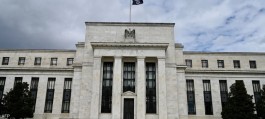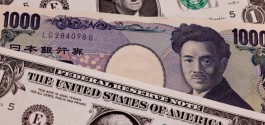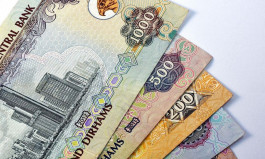The Japanese yen rose in Asian trading on Wednesday against a basket of major and minor currencies, extending its gains for the second consecutive day against the US dollar, reaching its highest level in a week, benefiting from the decline in the US currency following comments from Federal Reserve Chairman Jerome Powell.
This rise is also supported by intensive efforts by Japan's opposition parties to unify their ranks and agree on a consensus candidate for prime minister, a move aimed at breaking the Liberal Democratic Party's dominance of the political scene.
Accordingly, the challenges facing Sanae Takaichi on her path to power are increasing, especially after the sudden withdrawal of the Komeito party, the traditional partner in the ruling coalition. This significantly weakens her chances and increases the political uncertainty in Japan during this sensitive period.
Price overview
Japanese Yen Exchange Rate Today: The dollar fell against the yen by 0.55% to (151.00¥), the lowest in a week, from today’s opening price of (151.84¥), and recorded a high of (151.87¥).
The yen ended Tuesday's trading up 0.3% against the dollar, its second gain in three days, as it recovered from an eight-month low of 153.27 yen.
US dollar
The dollar index fell more than 0.2% on Wednesday, extending its losses for the second consecutive session, moving away from its highest levels in two months, reflecting the continued decline in the US currency against a basket of global currencies.
Jerome Powell left the door open to an interest rate cut at the Federal Reserve's monetary policy meeting on October 28 and 29. He stated on Tuesday that the labor market remains mired in a recession, with low hiring and low layoffs, and that the absence of official economic data due to the government shutdown has not prevented policymakers from assessing the economic outlook, at least for now.
Political developments in Japan: Japan's political scene is witnessing unprecedented turmoil following the resignation of Prime Minister Shigeru Ishiba on September 7, leaving his government in a caretaker capacity. Meanwhile, Sanae Takaichi, leader of the Liberal Democratic Party, faces a difficult challenge to become prime minister following the Komeito party's sudden withdrawal from the ruling coalition on October 10, which cost her party its parliamentary majority.
This development has opened the door for the opposition to unify its ranks, as the Constitutional Democratic Party, the largest opposition party, intends to ally with Komeito to support a consensus candidate, Yuichiro Tamaki, who is emerging as a figure capable of leading a strong opposition bloc.
While the Liberal Democratic Party remains the largest bloc in parliament with 196 seats, its eroding influence and the growing strength of the opposition herald potential political change in the world's fourth-largest economy.
Opinions and analyses
A note issued by Bank of America stated that all eyes are on the runoff in the prime ministerial elections, which will be held in two stages, with the two candidates receiving the highest number of votes in the first round competing if neither achieves an absolute majority. The note explained that if the House of Representatives and the Senate choose different candidates, the House of Representatives' decision will take precedence.
The bank added that despite the opposition's difficulties in unifying its ranks, the three main opposition parties combined hold more seats than the Liberal Democratic Party, stressing the need to continue discussions on the positions of individual parties, including Komeito, to determine which party they will support in the crucial runoff.
Japanese interest
Following Takaichi's victory, the probability of the Bank of Japan raising interest rates by a quarter percentage point at its October meeting fell from 60% to 25%.



































